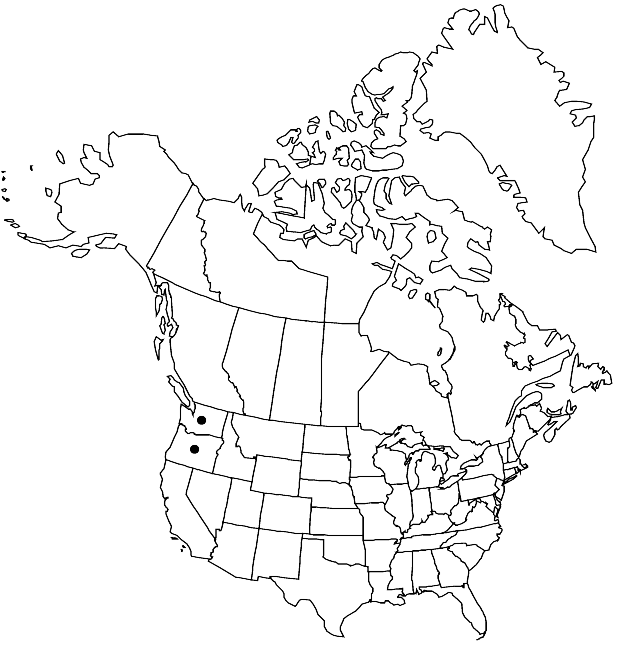Boechera paddoensis
Harvard Pap. Bot. 11: 268. 2007.
Perennials; long-lived; (cespitose); apomictic; caudex usually woody. Stems 1–3 per caudex branch, arising from center of rosette near ground surface, or arising laterally proximal to sterile shoots, 1–2.5 dm, glabrous throughout. Basal leaves: blade narrowly oblanceolate, 1–3 (–6) mm wide, margins usually entire, rarely apically few-toothed, not ciliate, surfaces sparsely pubescent, trichomes short-stalked, 4–8-rayed, 0.08–0.2 mm. Cauline leaves: 4–8, not concealing stem; blade auricles 1–2 mm, surfaces of distalmost leaves glabrous. Racemes 5–12 (–18) -flowered, usually unbranched. Fruiting pedicels usually divaricate-ascending, rarely horizontal, straight, 2–5 (–10) mm, glabrous. Flowers ascending at anthesis; sepals glabrous; petals lavender to purple, 4–5.5 × 1–1.5 mm, glabrous; pollen spheroid. Fruits usually divaricate-ascending, rarely horizontal, not appressed to rachis, secund (often weakly so), straight, edges parallel, 3–5.5 cm × 1.5–2 mm; valves glabrous; ovules 42–54 per ovary; style 0.05–0.1 mm. Seeds uniseriate, 1.1–1.5 × 0.9–1.3 mm; wing continuous, 0.1–0.3 mm wide.
Phenology: Flowering Jul–Aug.
Habitat: Rocky ridges
Elevation: 1500-2100 m
Discussion
Morphological evidence suggests that Boechera paddoensis is an apomictic species that arose through hybridization between B. lemmonii and B. lyallii (see M. D. Windham and I. A. Al-Shehbaz 2007 for detailed comparison). Boechera paddoensis is known only from the mountains of central Washington and northeastern Oregon.
Selected References
None.
Lower Taxa
"elongated" is not a number."thick" is not a number."dm" is not declared as a valid unit of measurement for this property.
